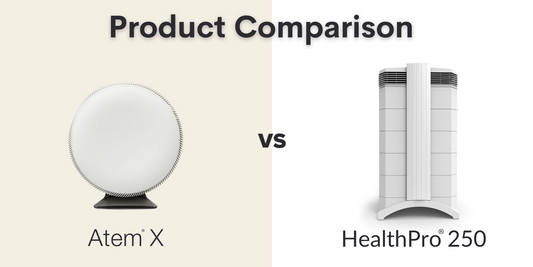The debate over the UK smoking ban effect and the dangers of second-hand smoke continues. Is it useful to ban smoking in cars? In cars carrying children? The case for tightening the UK smoking ban even further will be strengthened by a recent paper in the journal Pediatrics from researchers at Imperial College, London and from the University of California. This reveals that the current ban on smoking in public places in England, which was introduced in 2007, is linked with a decrease in hospital admissions for childhood asthma.
This adds to what previous research has shown about the UK smoking ban effect, namely:
- Reduction in the level of harmful particles in the air of pubs and bars in England (PM2.5s). These tiny particles, which are a major component of cigarette smoke, are inhaled deep into the lungs and exacerbate heart and lung disease.
- Increased rates of quitting smoking – as it becomes more and more difficult to find somewhere to light up (to say nothing of the cost of smoking), people decide not to bother any more.
- Decreased admissions to hospital for heart attack.
You might also expect that the UK smoking ban affects people with asthma because exposure to environmental tobacco smoke (also known as second-hand smoking) can be a strong trigger for an asthma attack. There have been a few studies on the UK smoking ban effect that do show that there are fewer hospital admissions for asthma attacks.
This new study looked at all emergency hospital admissions in England for childhood asthma (aged 0-14 years) between 2002 and 2010. There were 217,381 admissions overall during this time period, divided evenly between preschool children (who are exposed to tobacco smoke mainly in the home) and school-age children (who are exposed to tobacco smoke in public places too). Around 87 per cent of admissions occurred in children living in urban areas, which perhaps reflects on the fact that asthma is more common among children living near roads with heavy traffic.
Before the ban, hospital admissions for childhood asthma were going up by 2.2 per cent a year. Immediately afterwards, there was a fall of 8.9 per cent, followed by a decrease of 3.4 per cent per year. Overall, the researchers say, there was a reduction of 6,802 admissions in the first three years after implementation of the ban – a significant benefit to child health in England. Similar benefits have been found in Scotland following the smoking ban there in 2006 and also in the United States.
This study does not actually prove that smoke-free legislation is the actual cause of the associated decrease in hospital admissions for childhood asthma, but there is no other factor that was so significant in this time period. The fact that children who are exposed to tobacco smoke mainly in the home (the under-5s) benefited as much as those who are exposed in public places suggests an indirect effect of the smoking ban. Namely, people are giving up smoking and this makes the air quality in the home better, as well as the air in pubs, restaurants and other public places. Research like this shows that efforts to improve air quality can have a rapid, and dramatic, impact upon health. Therefore, it is well worthwhile making personal efforts (like using an air purifier for tobacco smoke such as the IQAir GC MultiGas) and supporting public efforts (like smoking bans) to improve the quality of air in and out of doors.
- Reference: Millett C et al Hospital admissions for childhood asthma after smoke-free legislation in England Pediatrics online 21 January 2013




